Imagine you are in a company which fully operated by AI, this is not sci-fi any more, Tsinghua University created the company from the CEO to all the operation staff non of them are human, and these characters are only powered by ChatGPT! As long as you have an idea, the AI will handle the entire process from design to testing. The entire process takes only 7 minutes to complete, and the cost is less than $0.3!
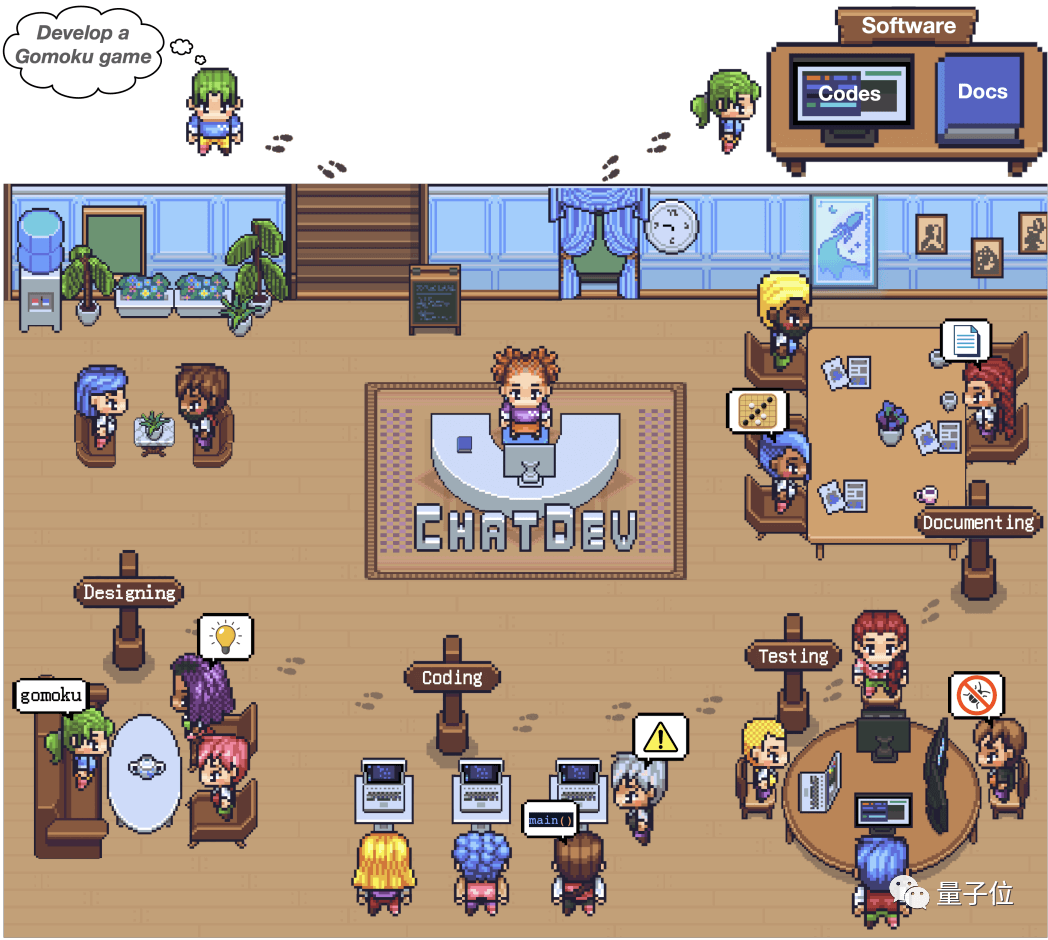
The company is named “ChatDev”, which means development through chat.
The system design with dozens of chatbots play different roles and are connected together to complete the development work.
The entire process can be completed with ChatGPT, without the need to train a corresponding model for each step.
The company’s average time to develop a game is 409.84 seconds, the fastest is less than 3 minutes, and the slowest is only 17 minutes.
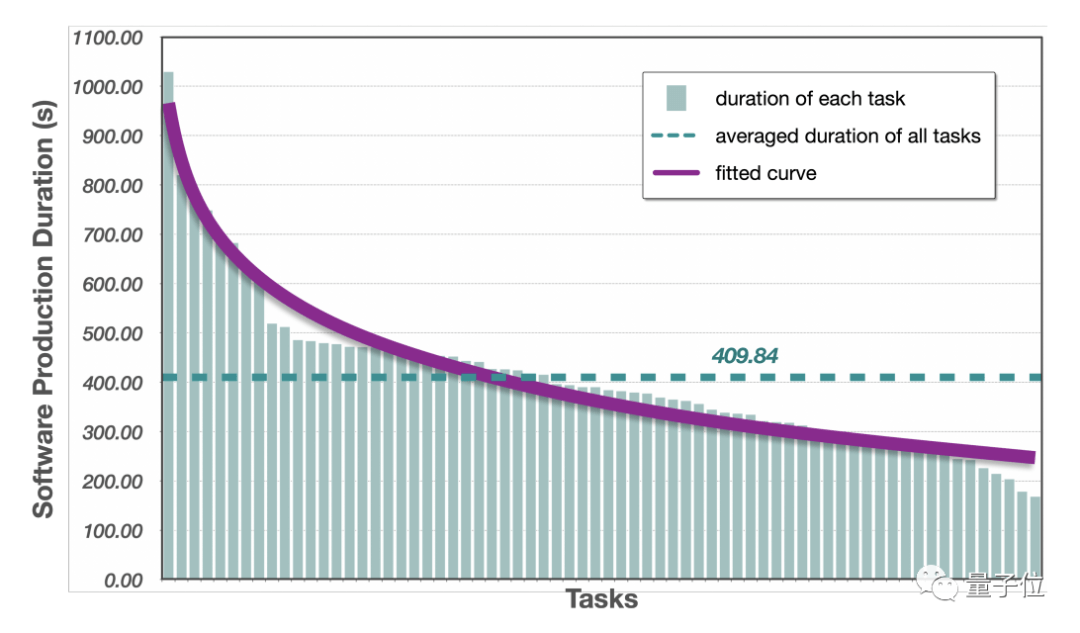
ChatDev uses the ChatGPT API (3.5-turbo) and consumes an average of 48,500 tokens per game. Based on this data, the average cost of developing a game with ChatDev is $0.2967.
This means that ChatDev can be used to develop games at a very low cost, which will make game development more accessible and convenient, and will create new opportunities for the gaming industry.
So how does the company operate?
The research team designed a “ChatChain” system that is linked by ChatGPT for this company. Each bot plays a different role, such as CEO, programmer, and designer, covering all positions involved in game development.
To avoid mistakes or hallucinations, every step in the development process is completed by two bots.
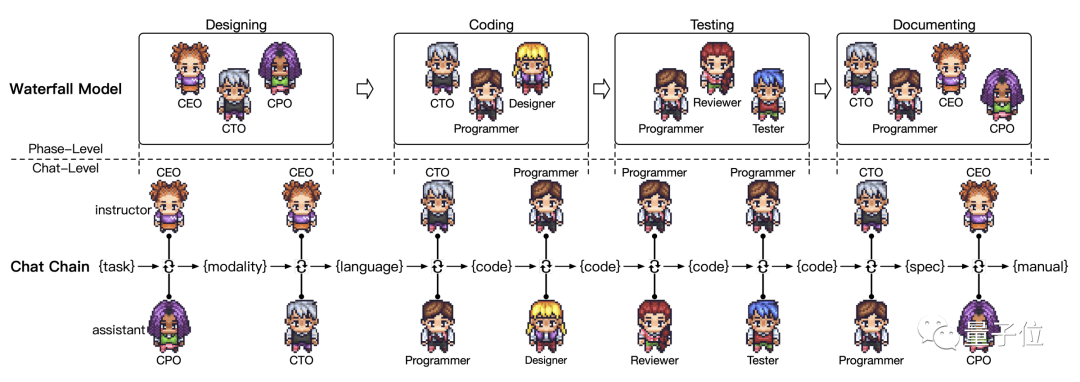
ChatDev needs to go through four major stages in the game development process: design, programming, testing, and documentation.
Before the design stage begins, humans will provide a preliminary idea, which is the only place where humans are needed.
This idea will be jointly analyzed and evaluated by the CEO, CTO, and CPO bots.
The CEO will discuss with the CPO and CTO separately to decide the game’s presentation format (Web/Desktop/Mobile…) and the programming language to be used.
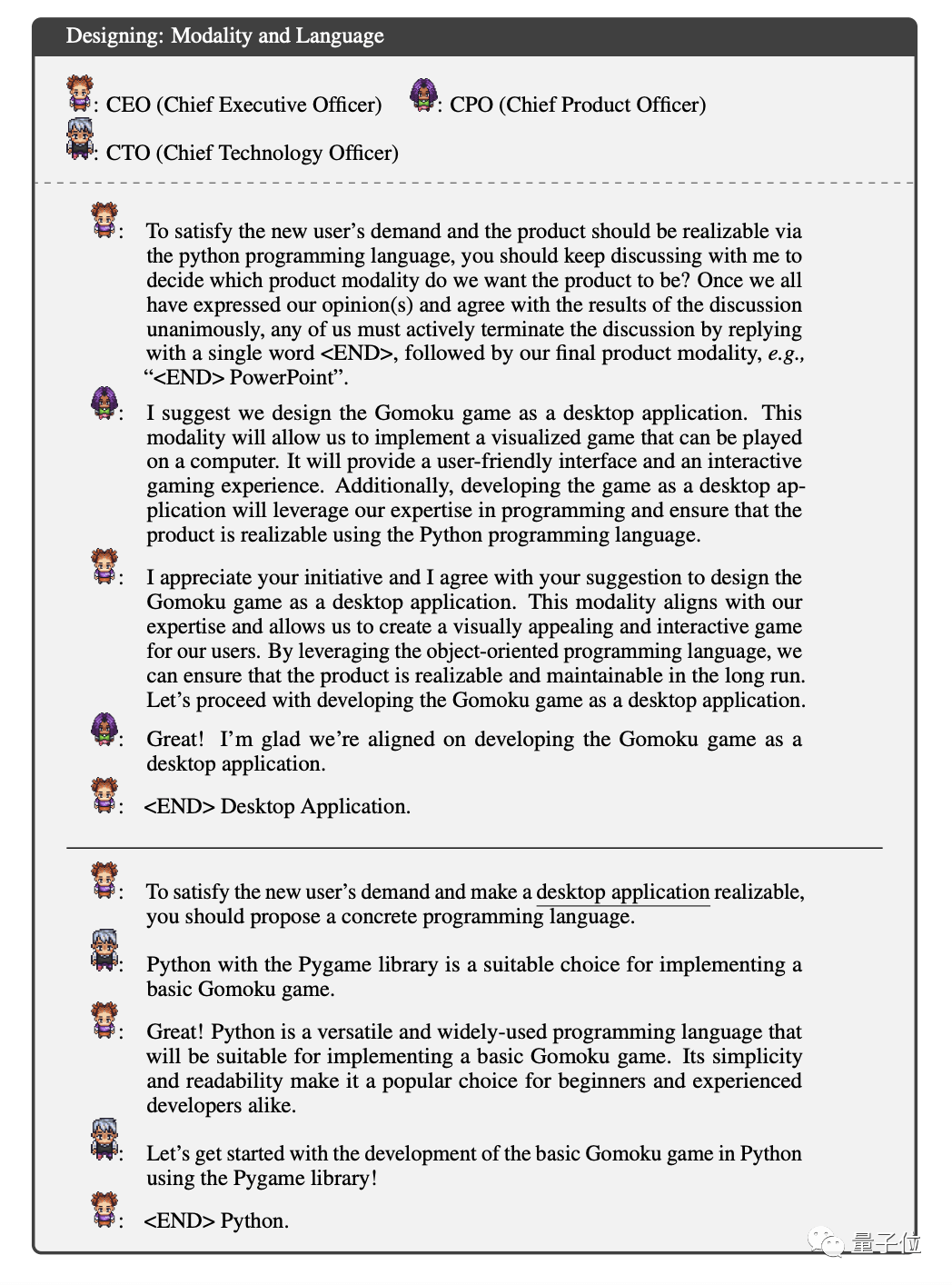
In addition, in the design stage, the specific roles of each bot are assigned by two instructors (also bots).
To improve the quality of the design work, the team also introduced two working mechanisms: “memory flow” and “self-reflection”.
Memory flow is a mechanism that allows bots to share their knowledge and experience with each other. This helps them to learn from each other and to improve their performance.
Self-reflection is a mechanism that allows bots to analyze their own work and to identify areas for improvement. This helps them to improve their quality and to deliver better results.

Memory flow records the conversation between bots in each round. Bots can access it at any time to ensure the consistency of the design idea.
Self-reflection mechanism is when bots have completed their work but did not meet the requirements, they will generate a “pseudo-me” to feedback questions and relevant conversations to the instructor.
After the design is complete, the programming process begins, including code writing and graphical interface design.
CTO provides requirements and general ideas to programmers, and programmers write code.
Designers will generate GUI schemes and call relevant tools to generate image resources, which will be integrated by programmers.

The programming process also introduces mechanisms to improve quality, including “code management” and “thought guidance”.
Code management mechanisms can save multiple versions of the development process so that when problems occur, they can be rolled back.
The two points of the thought guidance mechanism are to let the CTO and programmers “swap roles”, to understand each other’s ideas, and to better solve problems when they occur.

After the program is compiled, it needs to be tested.
The testing process is divided into two steps: code review and actual operation, involving the roles of “code reviewer” and “test engineer”.
The testing process also introduces the “thought guidance” mechanism. When the test feedback is not clear, the programmer and the test engineer will swap roles.

After the test is completed, the main body of the game is completed. The next step is to write the documentation.
The documentation mainly includes two types: environment description and user manual.
The former describes the environment required for the game to run, and is completed by the programmer under the guidance of the CTO.
The latter is determined by the CEO and generated by the CPO.

This completes the development of a game.
Except for providing the initial idea, the entire process does not involve any human intervention.
Of course, the conversation, code, and other information in this process are visible to humans, ensuring the flexibility of development.
If necessary, manual intervention can also be made, such as replacing the generated GUI.
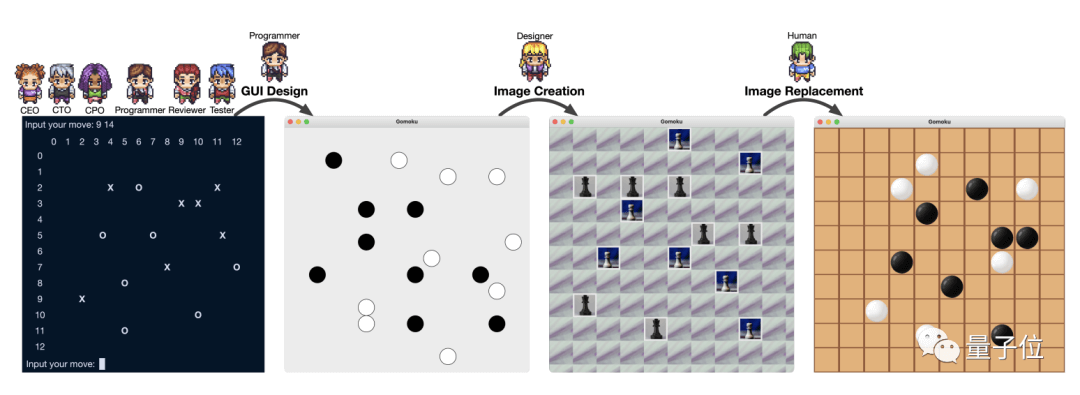
ChatDev is a game development system led and developed by Professor Maosong Sun, head of the Natural Language Processing (NLP) Laboratory at Tsinghua University.
Professor Sun is a professor of computer science and technology, an academician of the Chinese Academy of Sciences, a standing council member of the Chinese Association for Artificial Intelligence, and an outstanding scientist of the Chinese Computer Society. His main research directions are natural language understanding, Chinese information processing, machine translation, text mining, etc.
ChatDev is the latest research result of Professor Sun’s team in the field of natural language understanding and generation. It has realized the automation of game development by introducing technologies such as “ChatChain” and “Memory Flow”. The success of ChatDev demonstrates the potential of artificial intelligence in the field of game development, and it will greatly change the process and method of game development.
The article’s author explained ChatDev uses AI to simulate a company’s social scene. This is just one example of how AI can be used to simulate human society. Other examples include:
- Westworld, which builds an NPC society controlled by AI in the game.
- South Park, which uses AI-controlled characters to produce an episode of the TV series in the context of South Park.
These projects demonstrate the potential of AI in simulating human society. AI can be used to create realistic and complex societies that can be used to study human behaviour, test new technologies, and create new art forms.
The potential of AI to simulate human society is enormous, but there are also some potential risks. For example, AI can be used to create virtual worlds that can be used to manipulate people’s thoughts and behaviours. Additionally, AI can be used to create fake news and propaganda that can be used to manipulate elections and other social events.
It is important to be aware of the potential risks of AI simulating human society and take steps to mitigate them. For example, we can ensure that AI systems are transparent and auditable, and that they are not used to manipulate people.
Article source:
- [清华造了个游戏公司,十余个ChatGPT上岗,7分钟开发一款游戏]
